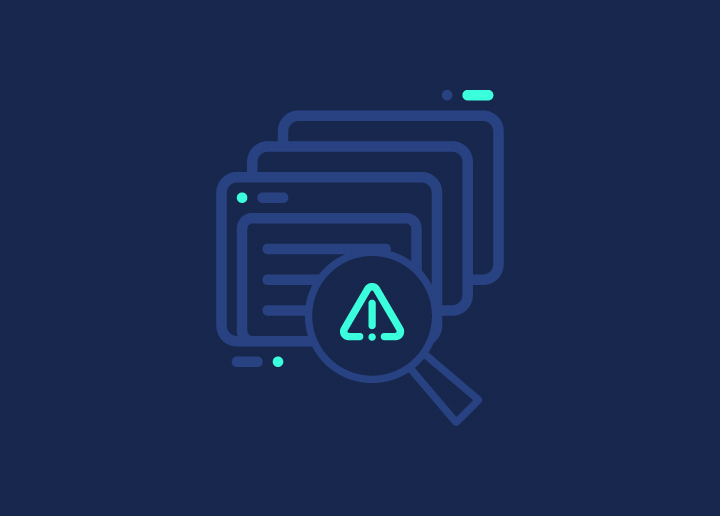A Hub Page is a web page that acts as a central hub of information for a website. It is typically the website’s main page or web application’s home page. A Hub Page typically contains links to other pages on the website and may also contain content such as news, weather, or stock market information. Here’s the full guide for Hub Pages.
Contents
ToggleCreating a Hub Page
Step 1: Select The Topic
The first step to creating a Hub Page is selecting the topic. This can be done by brainstorming ideas, researching, or looking at trending topics. Once the topic is selected, it is essential to narrow it down to a specific focus. This will make writing about and creating content for the page easier. Once the topic is selected and focused, the next step is creating content!
Step 2: Select The Type of Hub
There are three types of hub pages:
1. The personal hub: This is a page about you and your interests. You can include anything on your hub, from videos and photos to text and links.
2. The group hub: This is a page for people with similar interests. You can use a group hub to share information, discuss topics, or collaborate on projects.
3. The brand hub: This is a page for a business or organization. You can use a brand hub to promote your products or services, share company news, or provide customer support.
Step 3: Layout of the Page
Assuming you have a basic understanding of HTML and CSS, the next step is to decide on the layout of your page. There are many ways to skin a cat, as they say, so there is no one correct answer here. However, there are some general guidelines you should follow:
- Keep it simple. A hub page should be easy to navigate and digest. That means no fancy sidebars or widgets. Stick to the basics: a header, main content area, and footer.
- Include calls to action. What do you want visitors to do when they reach your hub page? Sign up for your newsletter. Follow you on social media? Whatever it is, make sure there are clear call-to-action buttons or links throughout the page.
- Use images sparingly. A few well-chosen images can liven up a hub page, but too many will clutter things up. Be selective and use only images that genuinely add something to the page.
- Optimize for mobile devices. More and more people are accessing the internet exclusively on their smartphones, so making sure your hub page looks good on smaller screens is essential. Use responsive design techniques to ensure everything scales down nicely.
Step 4: Content and Images
Now that you have your sections and subheadings set up, it’s time to start populating your Hub Page with content and images. Content is vital for Hub Pages – remember, the whole point is to provide value and valuable information to your readers. So, brainstorm what you want to write about and what images or videos complement your content.
Once you have a good idea of what you want to include, start drafting your content. Write engaging and informative articles, and include plenty of relevant keywords throughout. Then, add some eye-catching images or videos to break up the text and add visual interest. Remember to optimize your media for SEO – including keywords in filenames and descriptions and using alt tags for images.
By creating high-quality content and media for your Hub Page, you’ll be setting yourself up for success in terms of traffic and conversions. So get creative, and have fun!
What to Avoid When Creating a Hub Page?
There are a few things to avoid when creating your Hub Page to ensure it is optimized for search engines and readers.
- Avoid using too many images or videos:. While they can help break up the text and add interest, too many will make the page appear cluttered and could slow down the loading time. Stick to a maximum of five images or videos per page.
- Avoid including too much text on your page: Readers will quickly become overwhelmed if there is too much text to read through. Try to keep your paragraphs short and to the point. Use headings and subheadings to break up the text and help readers find what they are looking for.
- Avoid using duplicate content: Search engines will penalize you if they find that you have copied content from another source. Write original content that is relevant to your topic and helpful for your readers.
- Avoid keyword stuffing: This is when you stuff keywords into your content to rank higher in search engine results. However, this technique is no longer effective and could hurt your ranking. Focus on writing natural, quality content that uses keywords sparingly throughout.
Following these tips, you can create a hub page optimized for search engines and readers.
How to Optimize Your Hub Page?
If you’re looking to get the most out of your hub pages, you’ll want to ensure you’re optimizing your pages for search engines and users. Here are a few tips on how to do just that:
1. Use keyword-rich titles and descriptions: This will help your pages appear in search engine results for relevant queries.
2. Use images and videos: Adding multimedia can help break up text and make your page more visually appealing.
3. Structure your page using headings and subheadings: This makes it easier for readers to scan your content and find what they’re looking for.
4. Include calls to action: Tell users what you want them to do next, whether subscribing to your newsletter or checking out another article on your site.
5. Promote your content: Once you’ve created a great page, make sure people know about it by sharing it on social media or other websites.
Wrap Up
This guide is for you if you want to get the most out of your hub pages. We’ll cover everything from choosing suitable topics to writing great content and promoting your pages. By following our tips, you’ll be well on your way to creating a successful hub page that will bring in traffic and generate leads for your business.
If you have any queries or need help, don’t hesitate to contact us.




















